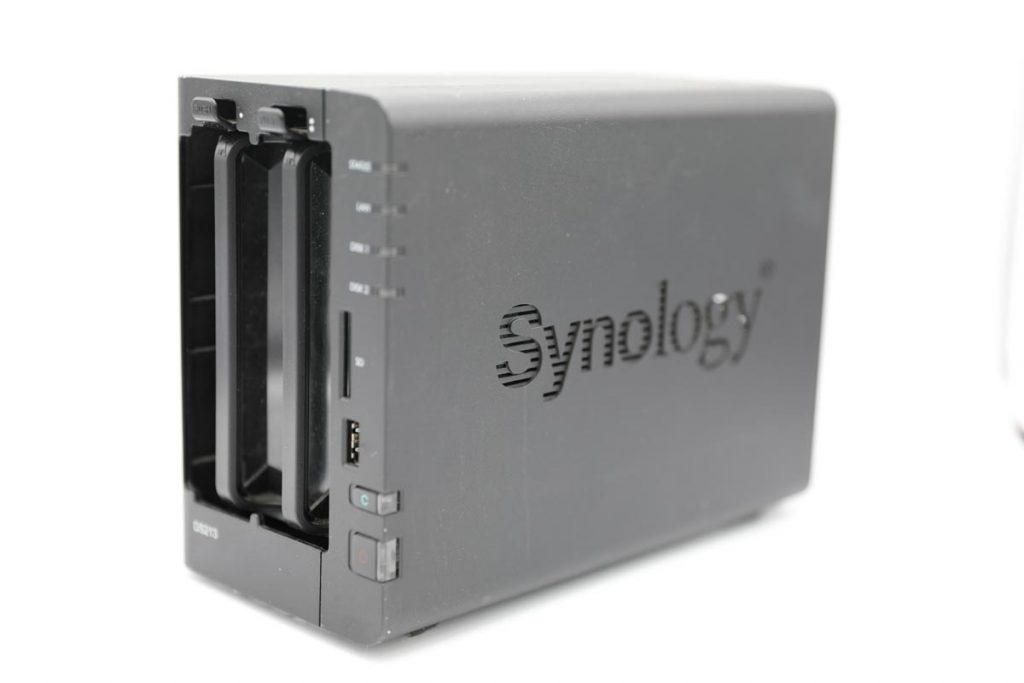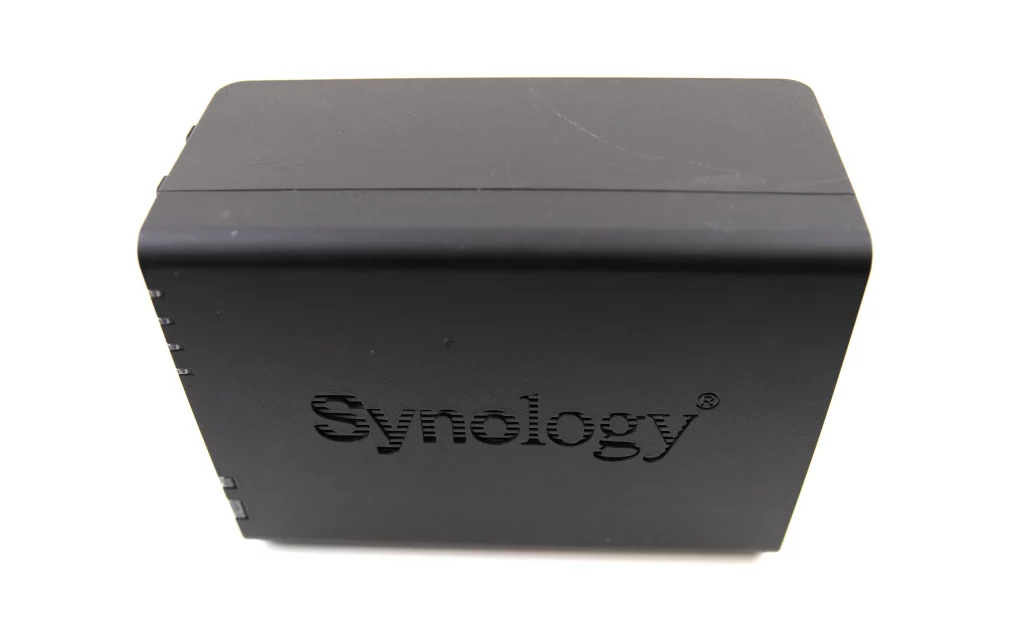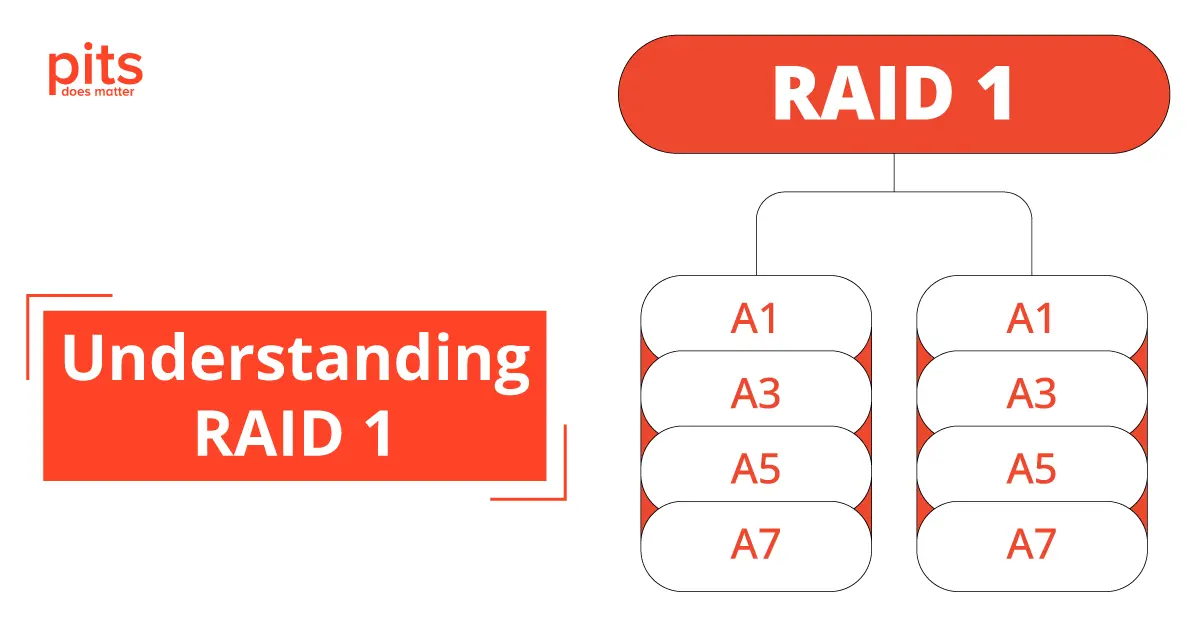In today’s digital age, data has become the lifeblood of businesses and individuals alike. Whether it’s important documents, cherished memories, or critical information, safeguarding our data is of paramount importance. This is where RAID 1 comes into the picture. RAID, short for Redundant Arrays of Independent Disks, is a storage system that offers fault tolerance and data protection. Among the various RAID levels, RAID 1 stands out as a reliable option for data redundancy through disk mirroring. In this blog post, we will delve into the intricacies of RAID 1 and explore how it can safeguard your valuable data.
What is RAID 1?
RAID 1, also known as disk mirroring, is a RAID level that creates an exact copy or mirror of data on multiple disks. Unlike other RAID levels that use parity information for redundancy, RAID 1 ensures data redundancy by duplicating the entire set of information on each drive in the array. This means that every drive in a RAID 1 array contains an identical copy of the data.

To set up a RAID 1 array, you need at least two drives. However, it is important to note that RAID 1 requires at least four drives to provide full fault tolerance. Each drive in the array stores the same data, and any read or write operation is simultaneously performed on all drives. This redundancy ensures that if one drive fails, the data can still be accessed from the remaining drives. In essence, RAID 1 creates a safety net for your data, minimizing the risk of data loss due to drive failures.
Benefits of RAID 1
- Data Redundancy: With RAID 1, your data is stored on multiple disks, offering protection against a single drive failure. If one drive fails, you can rely on the mirror drive to access your data without any interruption.
- Fault Tolerance: RAID 1 provides fault tolerance, meaning that even if a drive fails, your system remains operational. You can replace the failed drive and rebuild the mirror to restore full redundancy and ensure data integrity.
- Improved Read Performance: RAID 1 arrays can potentially improve read performance, especially in scenarios where multiple users or applications are accessing the same data simultaneously. Since the data is duplicated on each drive, the system can fetch it from the drive that responds the fastest, reducing access time.
- Simple Implementation: Setting up a RAID 1 array is relatively straightforward, requiring minimal configuration. Most RAID controllers and software utilities provide easy-to-use interfaces to create and manage RAID 1 arrays.
Considerations with RAID 1
- Storage Capacity: One important consideration with RAID 1 is that the storage capacity of the array is limited to the capacity of a single drive. For example, if you have four 1TB drives in a RAID 1 array, the usable storage capacity will be 1TB, as the other 1TB is used for mirroring.
- Write Performance: While RAID 1 offers improved read performance, the write performance may not be as fast as other RAID levels. Since each write operation needs to be duplicated on multiple drives, the overall write speed is limited by the slowest drive in the array. However, advances in RAID controller technology have mitigated this limitation to some extent.
- Data Storage Efficiency: RAID 1 is not the most storage-efficient RAID level. Since all data is duplicated on each drive, the usable storage capacity is only half of the total drive capacity. This trade-off between data redundancy and storage efficiency is a key consideration when choosing RAID levels.
- Drive Failures: RAID 1 provides protection against a single drive failure, but it does not protect against multiple drive failures.

If two or more drives fail simultaneously, the data on the failed drives will be lost. Regular monitoring of drive health and timely replacement of failed drives are crucial to maintaining data integrity in a RAID 1 array.
In conclusion, RAID 1, or disk mirroring, offers a robust solution for data protection and fault tolerance. By duplicating data across multiple disks, RAID 1 ensures that your data remains accessible even if one drive fails. Although RAID 1 has some trade-offs in terms of storage capacity and write performance, it provides a reliable and easy-to-implement solution for data redundancy. Whether you are a business or an individual, safeguarding your valuable data should be a top priority, and RAID 1 can be a valuable tool in your data protection arsenal. So, consider implementing RAID 1 to protect your critical data and gain peace of mind knowing that your information is safe even in the face of drive failures.
Frequently Asked Questions
What is RAID 1?
RAID 1, also known as disk mirroring, is a RAID level that creates an exact copy or mirror of data on multiple disks. It provides redundancy by duplicating the entire set of information on each drive in the array, ensuring data integrity and protection against drive failures.
How many drives are required for RAID 1?
To set up a RAID 1 array, you need a minimum of two drives. However, for full fault tolerance, RAID 1 requires at least four drives. Each drive in the array contains an identical copy of the data, providing redundancy and protection against data loss.
What are the benefits of using RAID 1?
RAID 1 offers several benefits, including:
- Data Redundancy: Each drive in the array holds a mirror copy of the data, providing protection against a single drive failure.
- Fault Tolerance: Even if a drive fails, the system remains operational, and data can still be accessed from the remaining drives.
- Improved Read Performance: RAID 1 arrays can potentially enhance read performance, particularly when multiple users or applications are accessing the same data simultaneously.
- Simple Implementation: Setting up a RAID 1 array is relatively straightforward, and most RAID controllers and software utilities offer user-friendly interfaces.
Does RAID 1 increase storage capacity?
No, RAID 1 does not increase the overall storage capacity of the array. In fact, the usable storage capacity of a RAID 1 array is equal to the capacity of a single drive. This is because RAID 1 mirrors the data on each drive, providing redundancy rather than expanding storage capacity.
What happens if a drive fails in a RAID 1 array?
If a drive fails in a RAID 1 array, the system remains operational as the data is still accessible from the mirror drive(s). It is important to replace the failed drive as soon as possible to restore full redundancy and ensure data protection. Once the failed drive is replaced, the RAID controller or software will rebuild the mirror by duplicating the data onto the new drive. During the rebuild process, the array operates in a vulnerable state, as another drive failure could result in data loss. Therefore, monitoring drive health and performing regular backups are essential practices to maintain data integrity in a RAID 1 array.
Request Help
"*" indicates required fields
